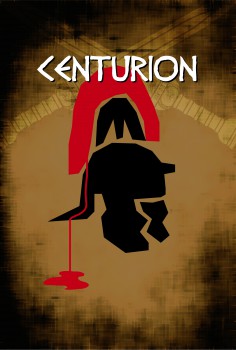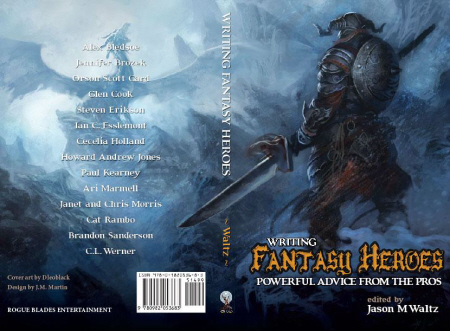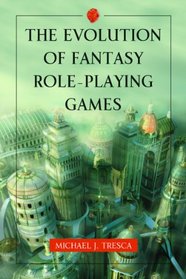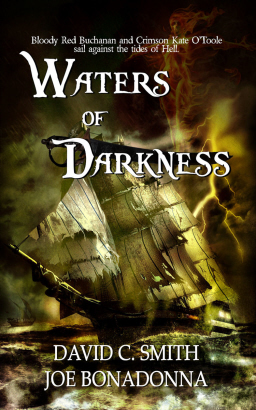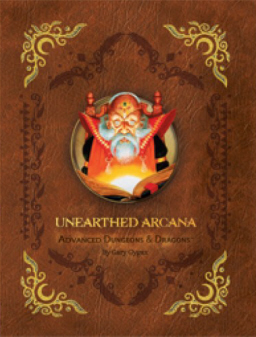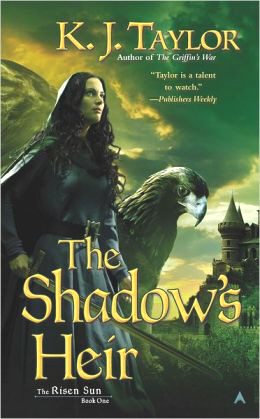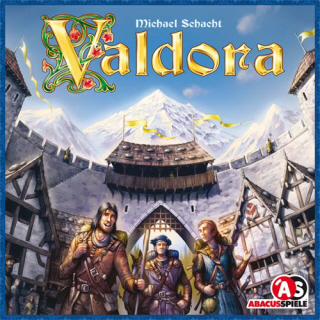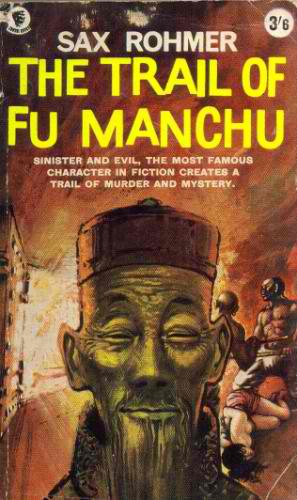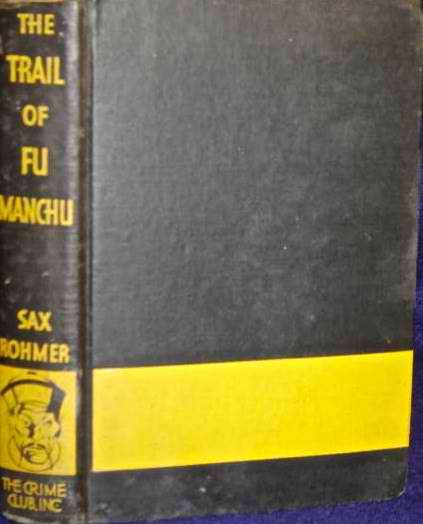Master of Shadows
 As I mentioned last week, Red Sonja’s first series ended with issue fifteen. But cancellation often came quickly and without warning in the Bronze Age of Comics (look it up – it’s my favorite era). So there was already another Red Sonja story written and illustrated, no doubt ready for coloring, when the axe fell.
As I mentioned last week, Red Sonja’s first series ended with issue fifteen. But cancellation often came quickly and without warning in the Bronze Age of Comics (look it up – it’s my favorite era). So there was already another Red Sonja story written and illustrated, no doubt ready for coloring, when the axe fell.
Well, nothing went to waste at the House of Ideas, so in October 1979, the story was published as a back-up feature in Savage Sword of Conan 45, in glorious black and white. Master of Shadows reads like a new direction for the series was seriously being considered before the whole thing got shut down. It’s one of the rare Red Sonja stories completely free of the supernatural and with a plot that’s far more coherent than what we’ve come to expect from the She-Devil with a Sword.
The new direction is likely due in large part to Roy Thomas being replaced as writer by Christy Marx. If that name sounds familiar, it might be because you heard an interview with her a couple months back. Maybe you’re a fan of her sword-and-sorcery limited series, Sisterhood of Steel. Maybe you’re following her current take on Amethyst, Princess of Gemworld in the pages of Sword of Sorcery.
But, more likely, you’ll remember her as the creator of Jem, the truly outrageous holographic pop singer from the 1980s. Jem would occasionally get transported back in time or shanghaied by yetis in her never-ending quest to keep the Starlight Home for Plot Device Girls open. So Marx certainly would seem to have the writing pedigree to follow-up giant clams and ancient green robots. But she instead chose a rather straight interpretation of the character.
Of course, there’s still room for fun in a straight version of Red Sonja. The story opens with our heroine trying to catch a nap in a public park. Draped out on a park bench in her chain mail bikini, she certainly draws her share of appreciative leers, but three men in particular decide to approach her with the standard “show you a good time” dialogue. Two of the three get tossed in a nearby pond, while the third, who only identifies himself as the Master of the House of Shadow, tells her that she was right to toss them, but now she should leave town as they’ll want revenge. It’s good advice, but Sonja won’t be driven off.
